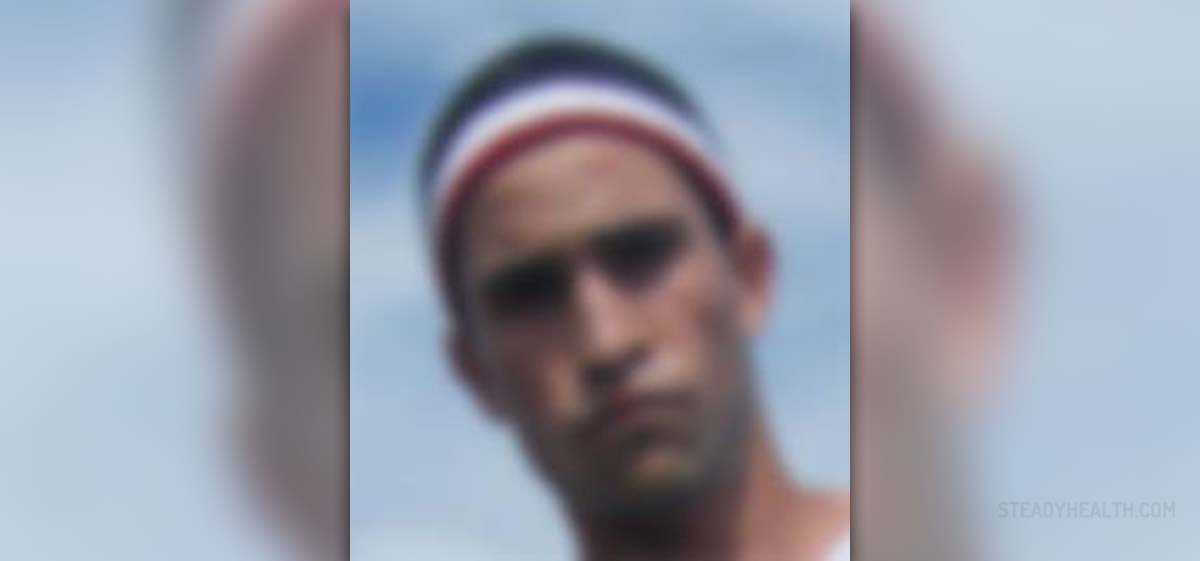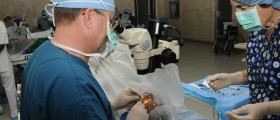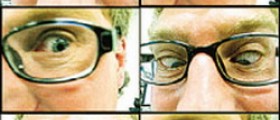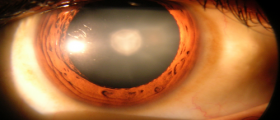Cataract - Overview
A cataract is a condition that can be defined as clouding of the lens of the eye. This clouding significantly affects vision and requires a surgical procedure whose goal is to restore vision and deal with the problem of blurred vision, a typical feature of a cataract.
The condition progresses slowly and if left untreated may cause complete blindness. It affects both eyes. There are several types of cataracts including age-related cataract, congenital cataract, secondary cataract and traumatic cataract.
Cataract surgery is, a removal of the natural lens of the eye and its replaced with a synthetic lens. The goal of the surgery is to restore the lens transparency. The surgery is successful in 98% of all cases.
Blurred Vision after Cataract Surgery
Even though cataract surgery is considered a routine procedure with rather few complications, it may sometimes cause certain side effects with blurred vision being one of them.
One of the problems following the surgery is swelling of the cornea or retina. The swelling of these eye structures may cause blurred vision. Patients need not to worry if this occurs since after a period of time and after complete healing or with the assistance of certain medications the sight is completely restored.
Posterior capsule opacity is the complication of the surgery. It typically leads to blurred vision. What happens is, during the procedure the surgeon removes the cloudy natural lenses and replaces it with artificial ones, the capsular bag of the lens remains. However, a hazy membrane within this capsular bag may remain trapped behind the artificial lenses and this leads to blurred vision. Posterior capsule opacity requires additional surgery to remove the remnant membrane.
- One of the most common cataract surgery complications is a posterior capsule opacification. This can also be called posterior capsule opacity, or PCO for short. Although some people call posterior capsule opacification a "secondary cataract," it isn't really a cataract. Once a cataract is removed, it doesn't come back. An analysis of several studies found that posterior capsule opacification occurred in 11.8% of patients at one year after cataract surgery, in 20.7% at 3 years, and in 28.4% at 5 years. In some cases, the condition can progress significantly and treatment is required to restore clear vision.
- Another example of a cataract surgery complication is a malpositioned or dislocated intraocular lens. You may see the edge of the lens implant, or you may even develop double vision. If the intraocular lens becomes too badly dislocated, your visual acuity could decrease substantially.
- The risk of intraocular lens dislocation after cataract surgery is very low. One study found that it occurred in only 0.1% of patients in the 10 years following surgery and in 0.7% within 20 years. If you do experience a malpositioned or dislocated intraocular implant, your chances of a good outcome following a second procedure are very good if you and your surgeon take action promptly.
Even dislocation of the new intraocular lens may cause blurred vision after the surgery. This complication of the surgery is connected to either incorrect positioning of the artificial lens or occurs due to rupture of the capsular bag.
Zonular Dialysis
The rupture of the capsular bag is known as zonular dialysis. It does not have to lead to dislocation of the artificial lens but it does per se cause problems with vision. This complication also requires additional surgery.
And finally, bleeding in the eye during or after the surgery may be responsible for the occurrence of blurred vision.
Blurred vision may occur after phacoemulsification cataract surgery and it is also common for cataract laser eye surgery. Each and every patient who has problem with blurred vision after the cataract surgery must consult his/ her doctor in case the blurriness does not improve after a few weeks or even if it gets worse.

















Your thoughts on this
Loading...